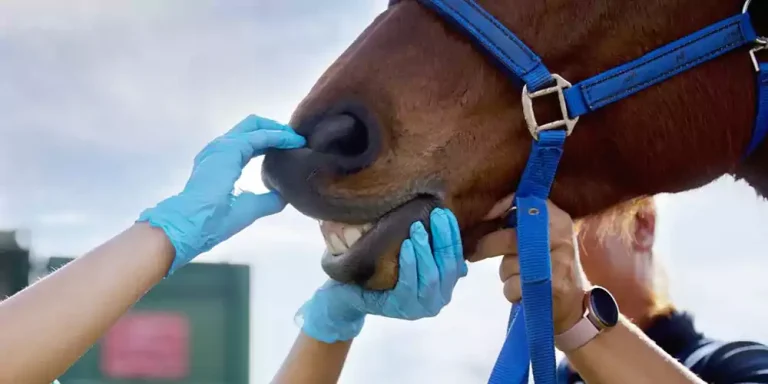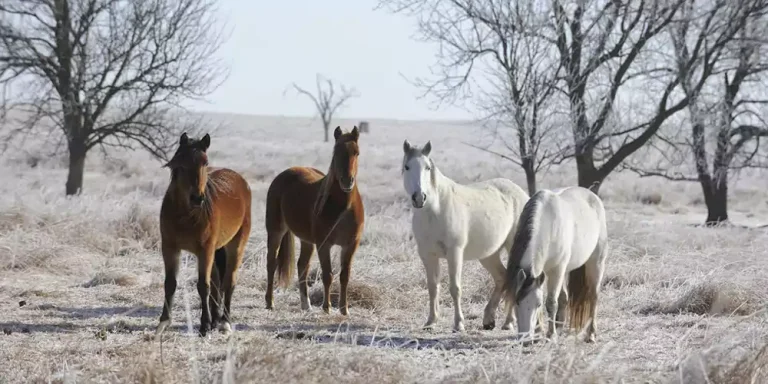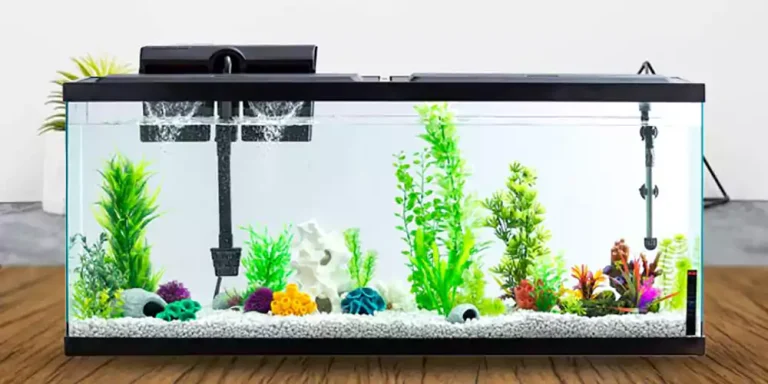How to Take Care of a Horse In Summer

With summer just around the corner, it’s important to know how to take care of a horse in summer. The rising temperatures can make your equine friend uncomfortable and even lead to health problems, but don’t worry! I’ve got you covered with my comprehensive guide.
I’m Sarah, with a deep passion for equine care and years of experience. My guide is perfect for seasoned equestrians or first-time horse owners who want to keep their horses happy and healthy during the summer. I’ll cover everything you need to know, from providing adequate hydration and shade to managing insects and heat-related illnesses.
Keeping your horse hydrated and cool during the hot summer is essential. We’ll share tips on how to make sure your horse is drinking enough water and staying comfortable in the heat. We’ll also advise on managing insects, which can be a nuisance to your horse during summer.
So, let’s saddle up and explore the guide together. By following my tips and advice, you can ensure your horse stays healthy and happy all summer.
Monitor the Temperature and Humidity
First and foremost, how hot will it be hot? Research on horses working in the hotness respects 28-30 degrees centigrade or more as ‘hot’; nonetheless, dampness should likewise be considered. High stickiness decreases the adequacy of evaporative cooling through perspiring. This way, we would constantly exhort that you screen temperatures and dampness throughout the mid-year months.
Provide Access to Shade
Consistent access to shade is critical, whether accomplished through normal shade given by trees or through man-made covers. Shade is especially important for older horses and foals.
Avoid Riding in Sunshine
If you live in a warm climate and want to avoid the risk of your horse falling ill due to the heat, it’s best to ride in the early morning or evening and avoid the hottest part of the day. Not only will this protect your horse’s health, but you can also take advantage of the long summer days by riding during these times.
Don’t forget to wear hi-res, fluorescent, and reflective clothing! If you need to transport your horse, leaving early or late in the day can help them avoid the heat (and traffic!). When your vehicle is moving, the ventilation is much better for your horse than being stuck in traffic, so it’s best to avoid traveling during peak hours in the summer to keep your horse healthy and happy.
Check Your Horse’s Hydration
Assuming your horse will let you, lift the horse’s upper lip and check out the gums over the teeth. The gums should be a solid pink tone, sparkly, soggy, and elusive. This can indicate dehydration if they’re pale, dry, or tasteless.
A fast and simple test can be performed by applying firm strain to the horse’s gums with a thumb and perceiving how lengthy it takes for the pink tone to return after the thumb is taken out. This ought to regularly require 1–2 seconds; assuming it takes longer than this, your horse might be experiencing dehydration.
Provide Sufficient Water
Horses depend intensely on perspiring for cooling and can deliver sweat multiple times as quickly as people. Therefore, horses are at a high gamble of dehydration if they don’t have constant admittance to water to supplant the huge sums lost as sweat. Considering this, it’s not shocking that horses drink fundamentally during warm climates.
Giving a lot of water throughout the year is truly important, particularly in hotter circumstances. Horses normally need to drink up to 55 liters of water daily and, surprisingly, more in blistering climates! A couple of cans that immediately become depleted or get pushed over isn’t enough for these parched animals! Horse proprietors should guarantee that they generally give constant admittance to clean new water.
Proprietors should ensure that pails don’t become unfilled or habitually check that programmed watering frameworks and boxes are spotless and working. Furthermore, giving a salt lick will assist your horse with supplanting the salts lost during perspiring.
Protect Your Horse from Sunburn
Horses with pink areas of skin, particularly on the face, can be inclined to burn from the sun. Utilizing a decent youngster-safe component, 50 sunblocks, applied once every day to these areas, will assist with decreasing the gamble of sunburn.
Watch for Signs of Heatstroke
- Dormancy
- Quick, shallow breathing (gasping)
- Raised pulse (typical for grown-up horses is 28–44 beats each moment)
- Diminished hunger
- Diminished drinking
- Diminished pee and dull pee
- Muscle spasms
- Poor ridden performance
What to do assuming your horse is experiencing heatstroke
If your horse gives any of these indications, call your vet immediately. Heat weariness and heatstroke can prompt:
- Shakiness on the feet
- Breakdown
- Kidney, liver, and muscle harm
- Laminitis
- Casualty
Crisis medical aid for horses experiencing heat depletion and heatstroke incorporates moving them to a shaded, cool region and pouring a lot of water over the body (assuming a hose is accessible, you should utilize that). Such a move might take 15 minutes before any impact is apparent.
FAQs On Take Care of a Horse In Summer
Here are some frequently asked questions and answers about how to take care of a horse in summer:
FAQ’s
Now you know to take care of a horse in summer, So happy riding. Click if you want to learn fun facts about dogs.


